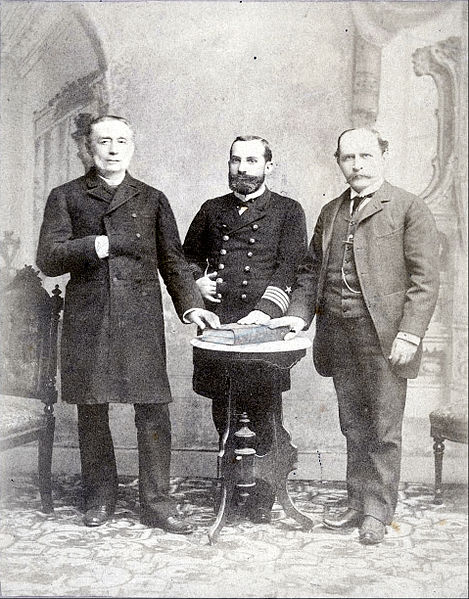The Itata incident was a diplomatic affair and military incident involving the United States and Chilean insurgents during the 1891 Chilean Civil War. The incident concerned an arms shipment by the Chilean ship Itata from the United States to Chile, to assist insurgent Congressionalist forces in the war.
The Itata in San Diego Bay in 1891.
Federal prosecutor Henry Gage.
Official White House portrait of William Howard Taft in the Blue Room, 1911, oil on canvas by Anders Leonard Zorn (1860–1920), White House Collection.
Chilean Civil War of 1891
The Chilean Civil War of 1891 was a civil war in Chile fought between forces supporting Congress and forces supporting the President, José Manuel Balmaceda from 16 January 1891 to 18 September 1891. The war saw a confrontation between the Chilean Army and the Chilean Navy, siding with the president and the congress, respectively. This conflict ended with the defeat of the Chilean Army and the presidential forces, and with President Balmaceda committing suicide as a consequence of the defeat. In Chilean historiography the war marks the end of the Liberal Republic and the beginning of the Parliamentary Era.
Picture of the rebel fleet attacking Valparaíso, late August 1891, published in Le Petit Journal.
Battle of Concón, Chile. August 21, 1891.
President José Manuel Balmaceda
The Iquique revolutionary junta (from left to right): Waldo Silva, Vice President of the Senate; Jorge Montt Álvarez, captain of the ship and president of the same; and Ramón Barros Luco, president of the Chamber of Deputies.







